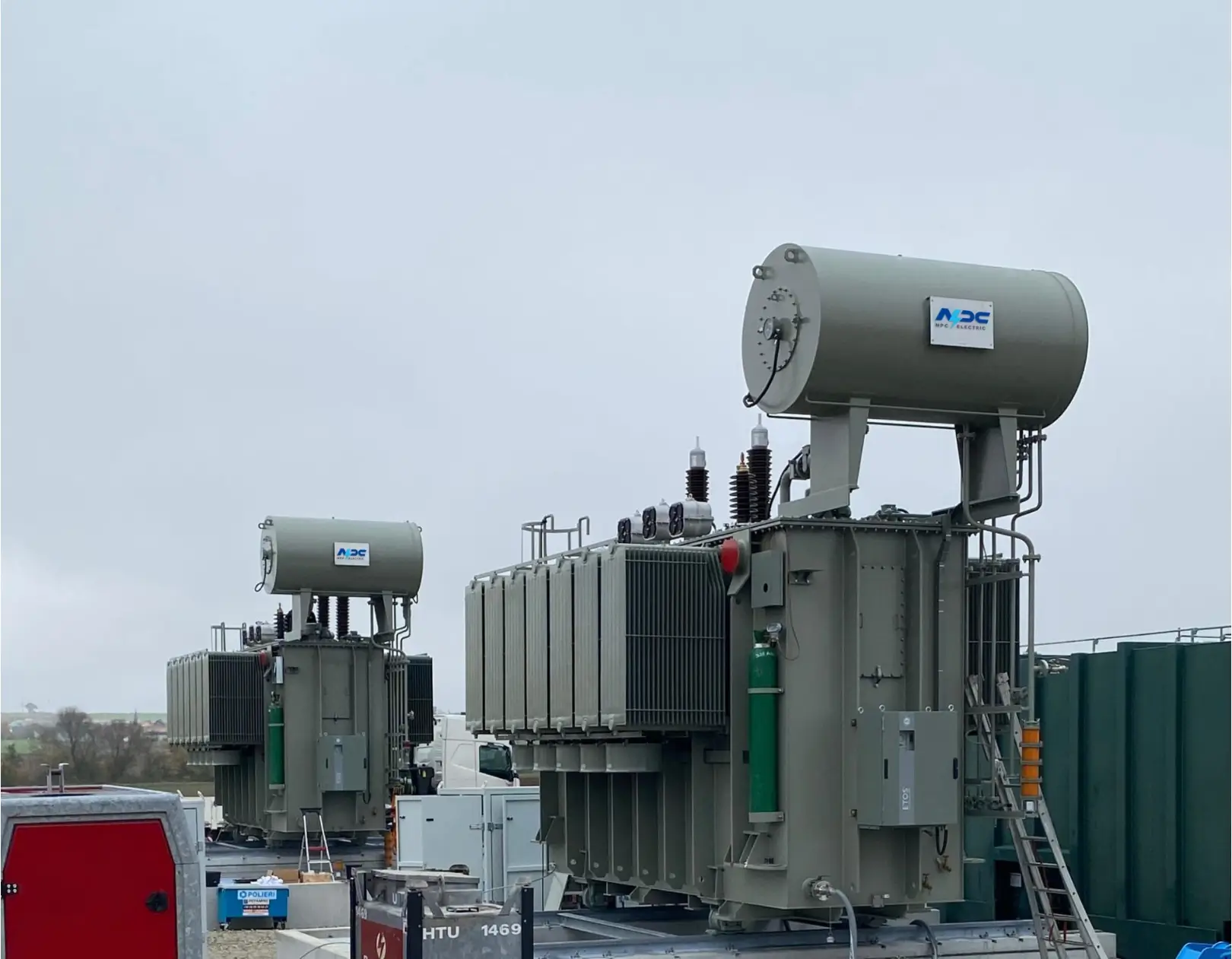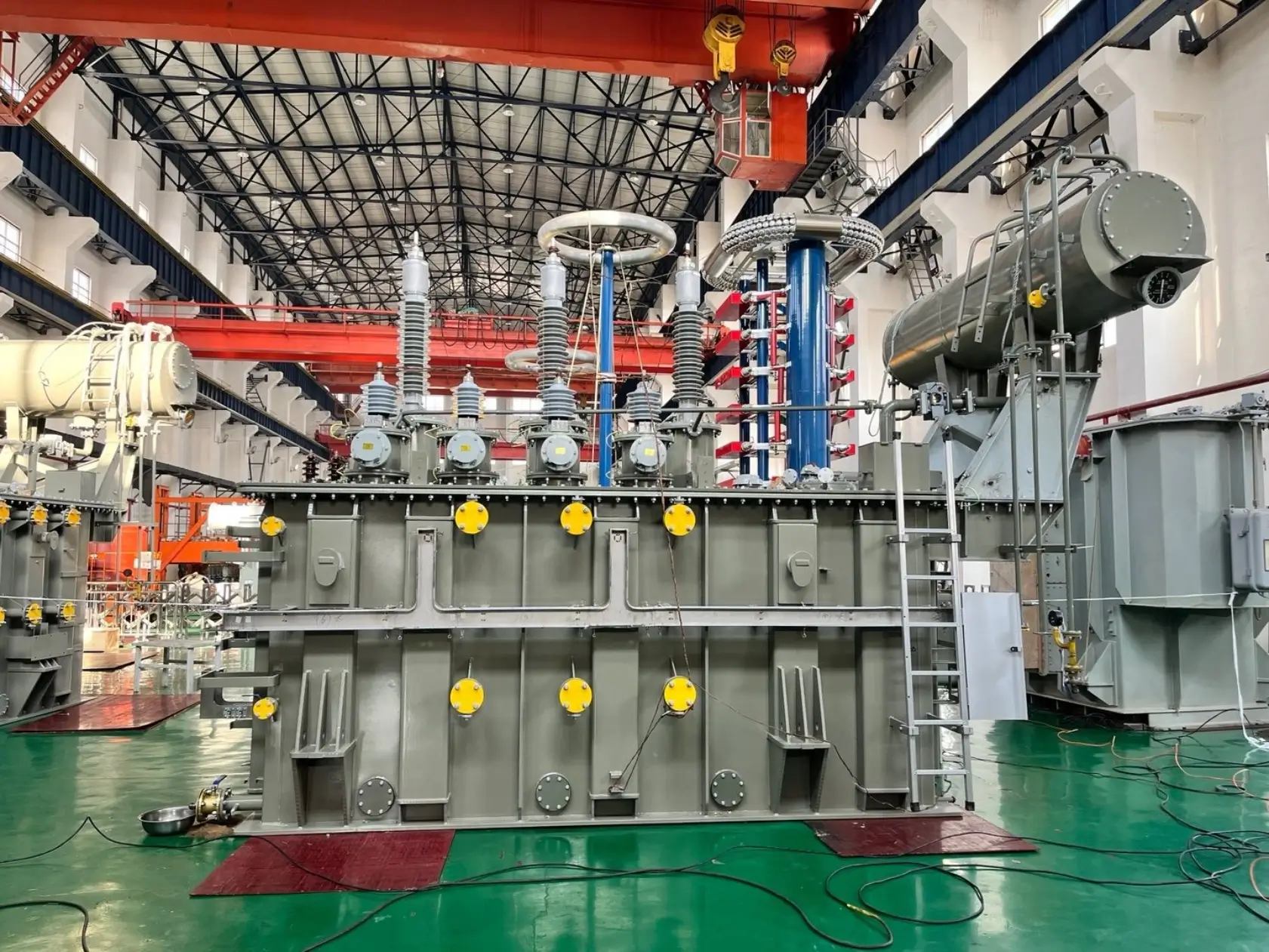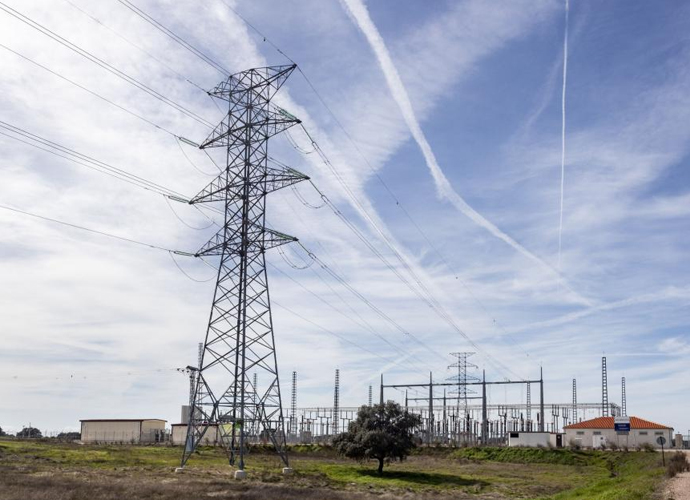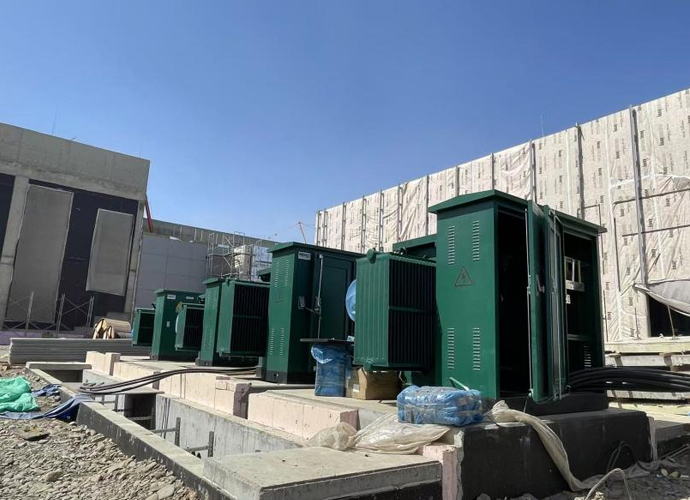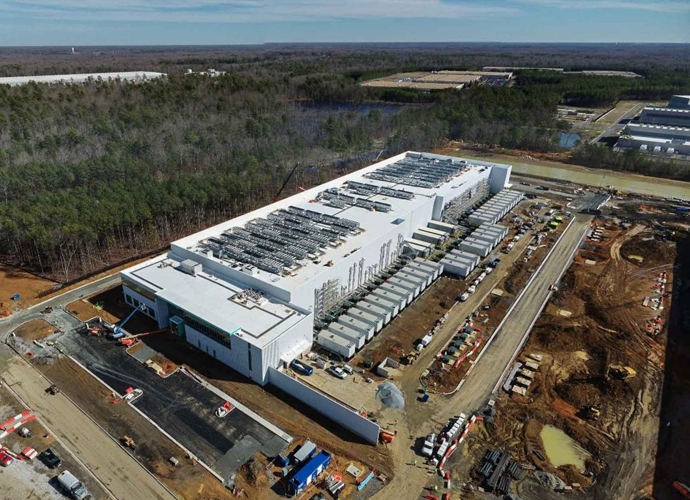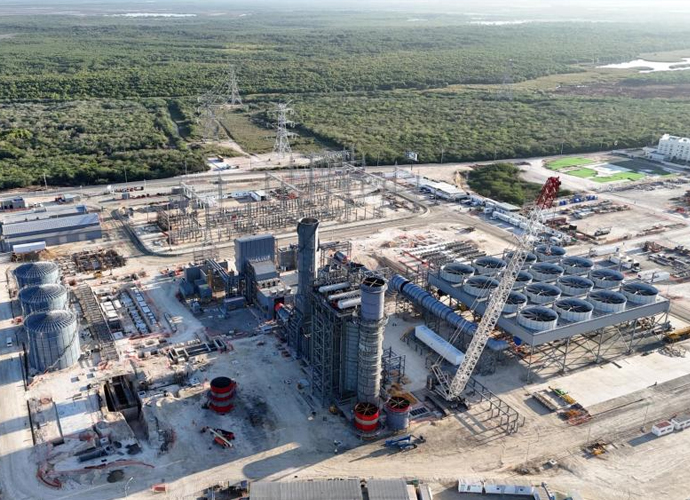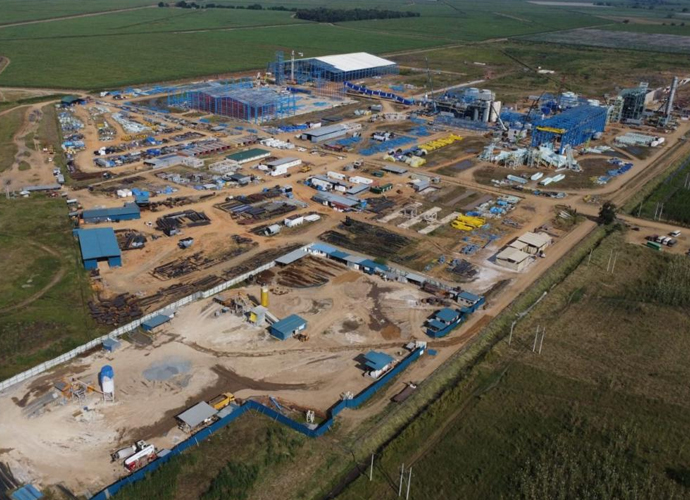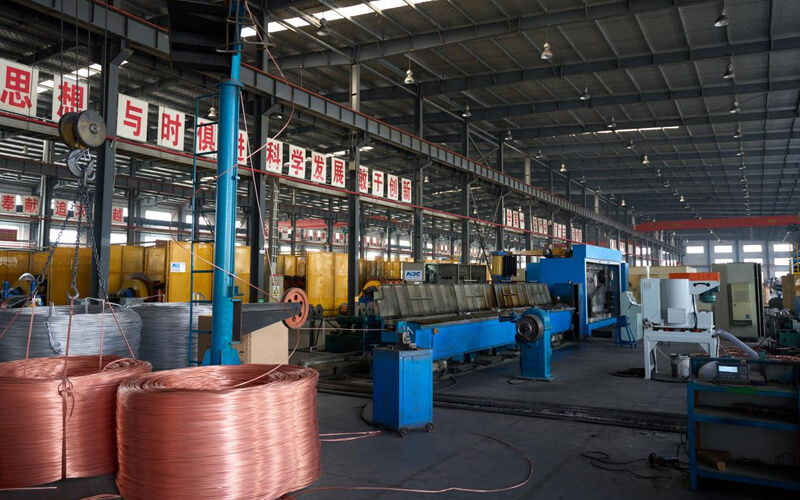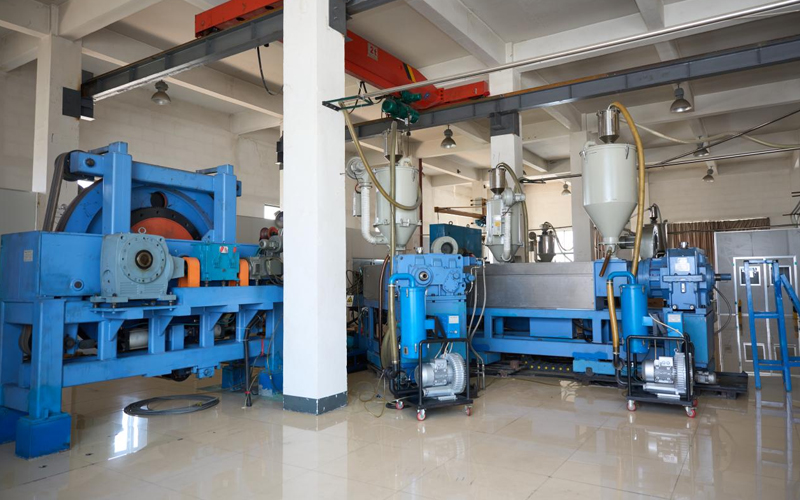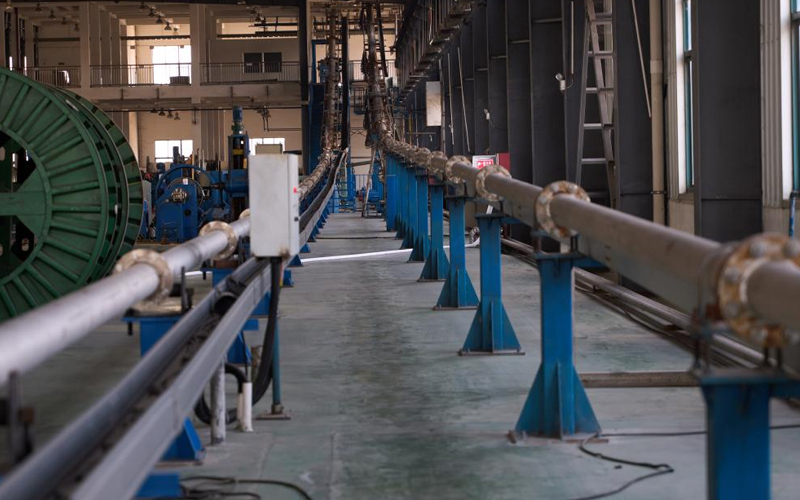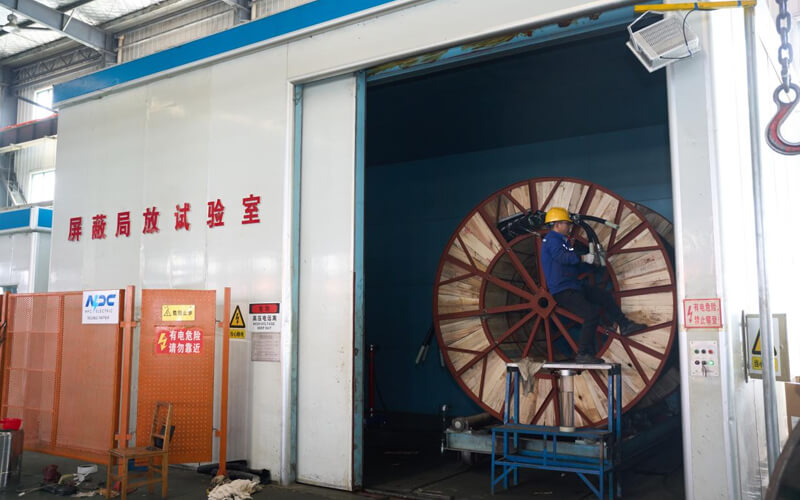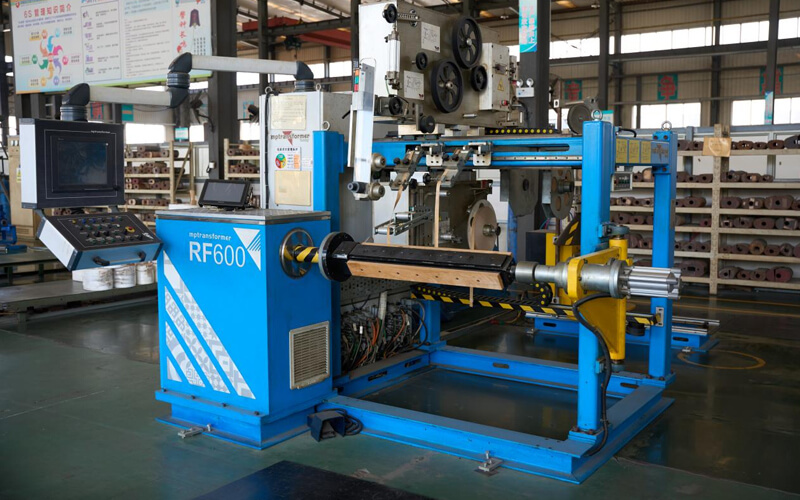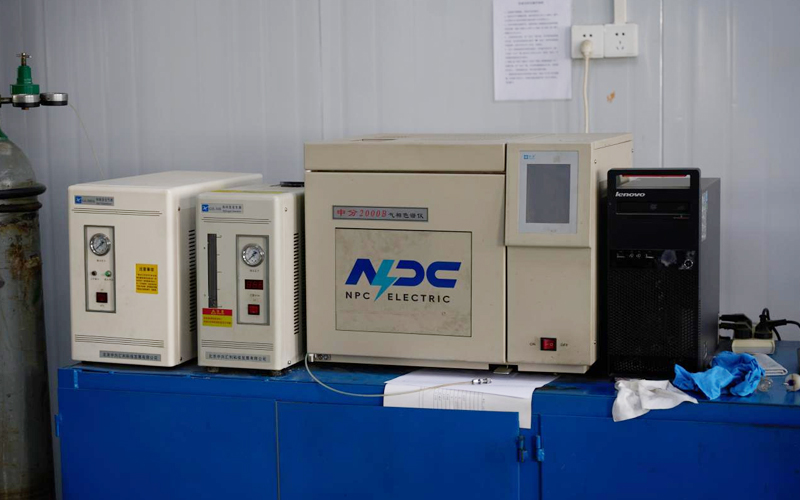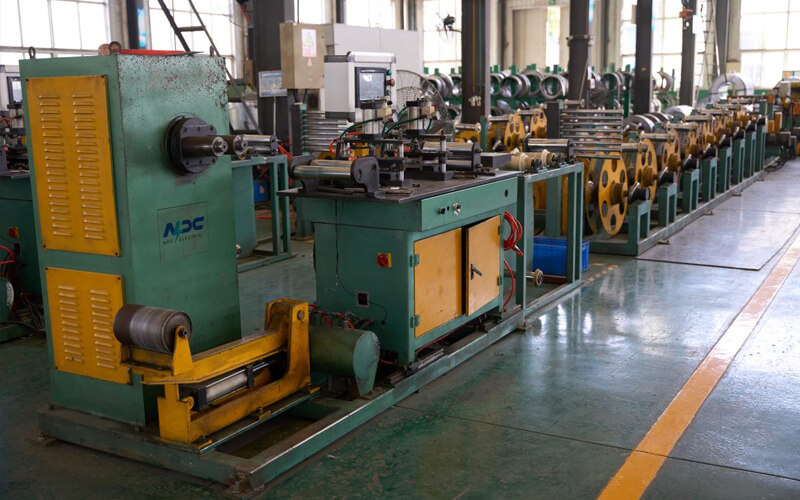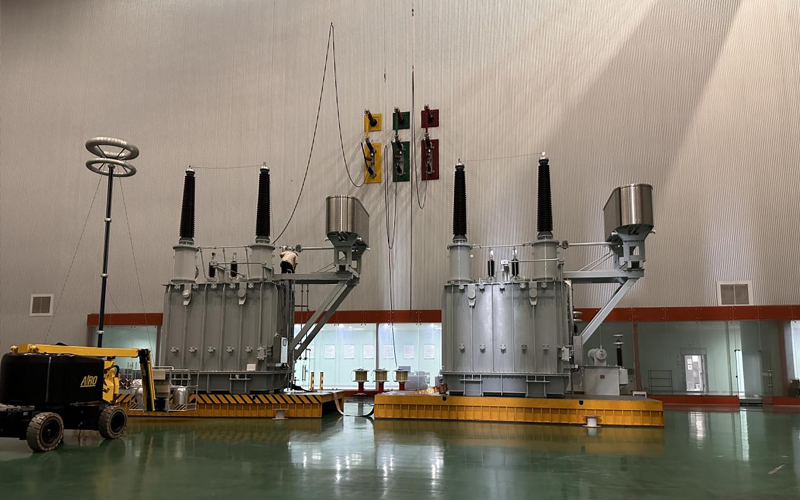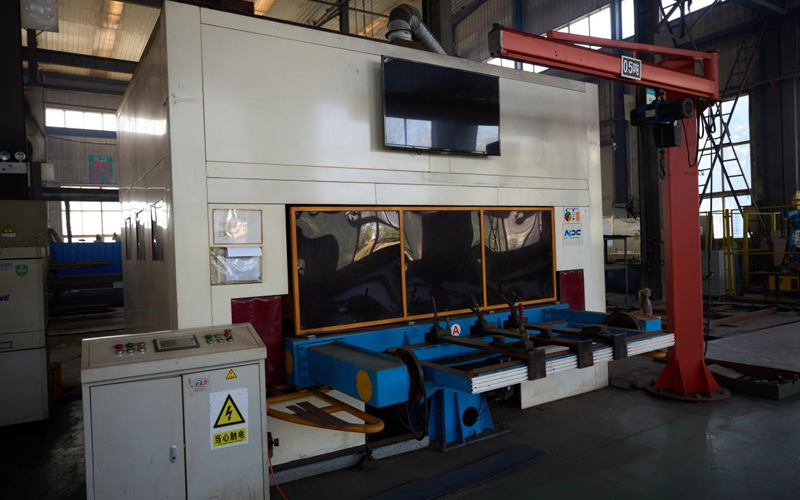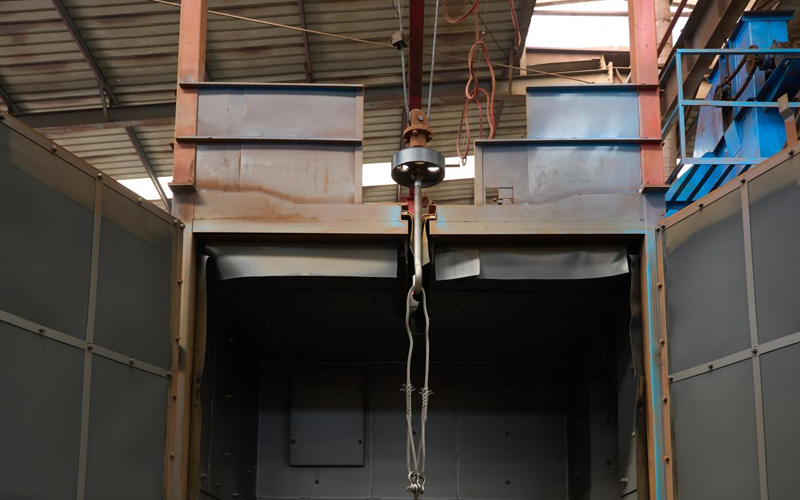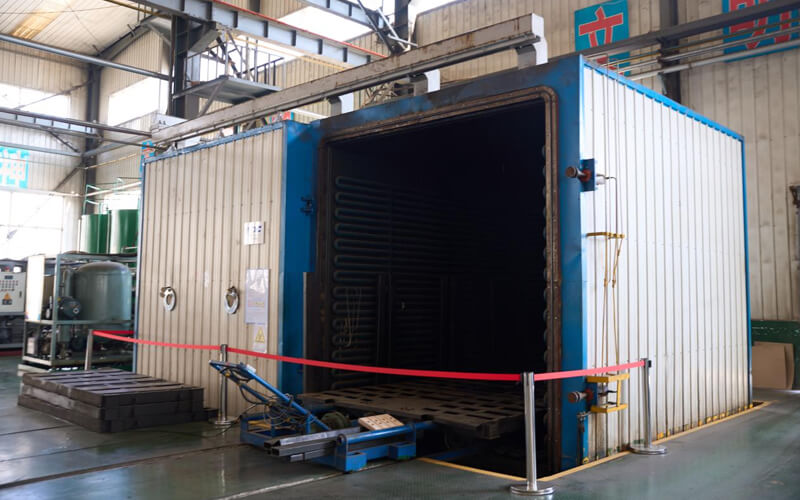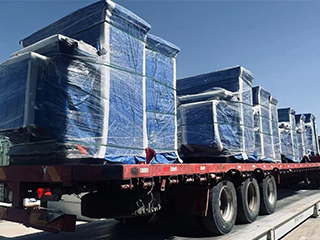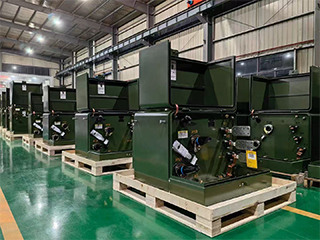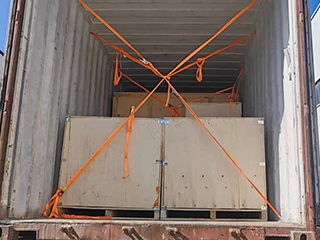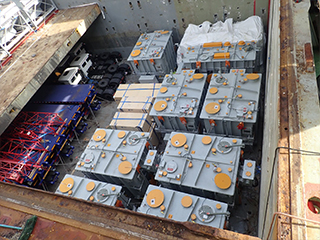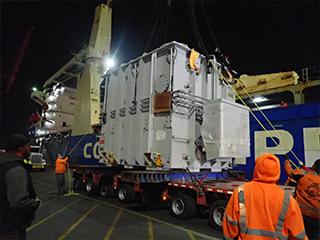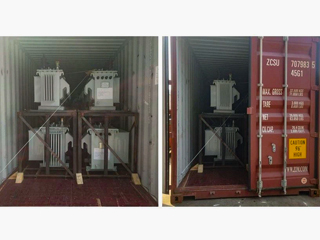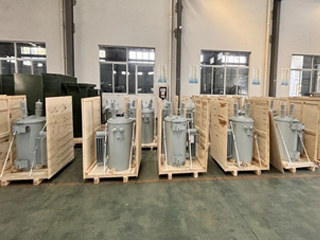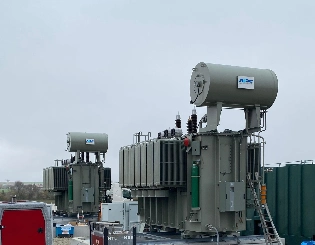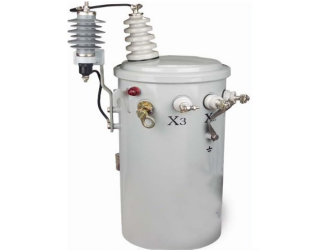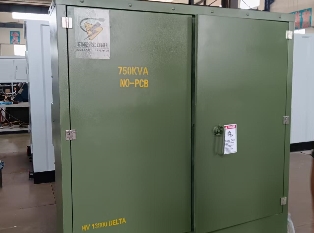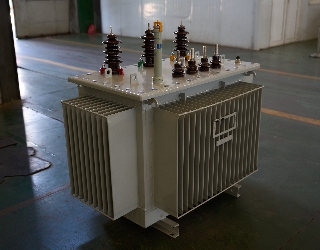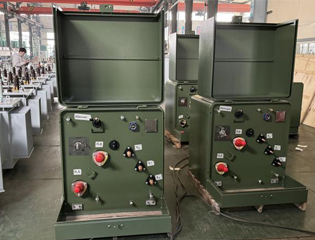132kV 138kV Power Transformer
- Primary Voltage Ratings 132kV, 138kV or others
- Secondary Voltage Ratings 32.4/13.8/11/10.5/6.6/6.3kV or customized
- H.V. Tap Range ± 8×2.5% HV taps or others
- Type Oil-immersed power transformer
- BIL up to 350kV
- Standards IEEE, ANSI, IEC
- Application High-voltage power transmission systems, substations, industrial energy infrastructure etc
- Power Rating 5000-400000kVA
- Certificate UL, CESI, ISO, KEMA
- Cooling Method ONAN/ ONAF
- Opeartion Step Down & Step Up
Technical Specifications
| Rated Power | 5000-400000kVA |
| Rating Primary Voltage | 132kV, 138kV |
| Secondary Voltage |
32.4/13.8/11/10.5/6.6/6.3 kV Customized |
| Frequency | 50/60Hz |
| Vector Group | Dyn11, YD11, YNd11 |
| Winding Material | Aluminum/Copper |
| Efficiency | As IEEE, CAS Std or Customized |
| Impedance Voltage | As IEC |
| Altitude | ≤1,000m or Customized |
| Enclosure material | Mid Steel |
| HV Bushing |
| LV Bushing |
| OLTC/NLTC |
| Lifting hook for complete transformer |
| Name plate |
| Oil temperature |
| Winding temperature |
| Radiators |
| Oil level |
| Pressure relief valve |
| CT |
Customization Optional
Packing and Shipping
The transformers are first cleaned and thoroughly inspected to ensure that there are no damages or defects. Then, the transformers are packed with customized wooden boxes and shockproof materials to ensure that they are not affected by external shocks during transportation. The packaging materials include moisture-proof films and anti-vibration pads to prevent moisture and vibration from affecting the equipment. The transformers are firmly fixed on the pallet to ensure stability and safety during transportation.
In addition, we also specially use high-strength steel belts to reinforce the packaging to prevent displacement during long-distance transportation. In order to ensure the safety of the equipment in case of accidents during transportation, we have insured the transformers with full transportation insurance. The insurance will cover all possible risks and ensure that the equipment can be fully protected during transportation.
Before transportation, we will affix clear labels to each packaging unit, indicating the transportation details and destination. During transportation, we work with professional logistics companies to ensure that the equipment is delivered to the destination on time and safely. Before delivery, the transportation company will conduct a detailed inspection to ensure that the equipment is intact.
Upon arrival at the destination, the transformer will be carefully unloaded and inspected again. Finally, our technicians will assist in the installation to ensure the normal operation of the equipment.
Through strict packaging and careful transportation arrangements, we ensure that NPC ELECTRIC's transformers can be delivered to customers safely and on time.
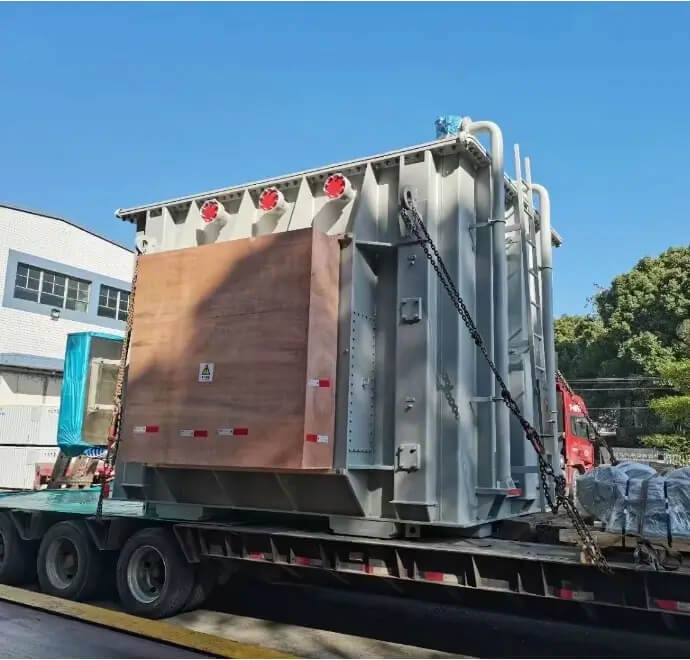
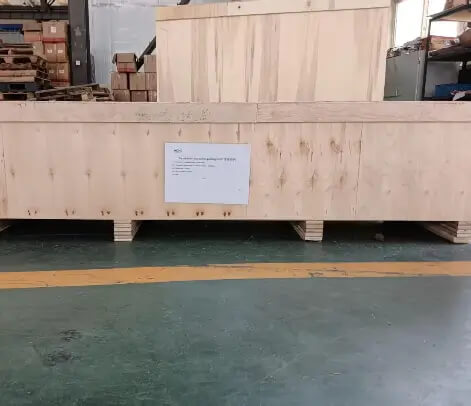
Manufacturer Test
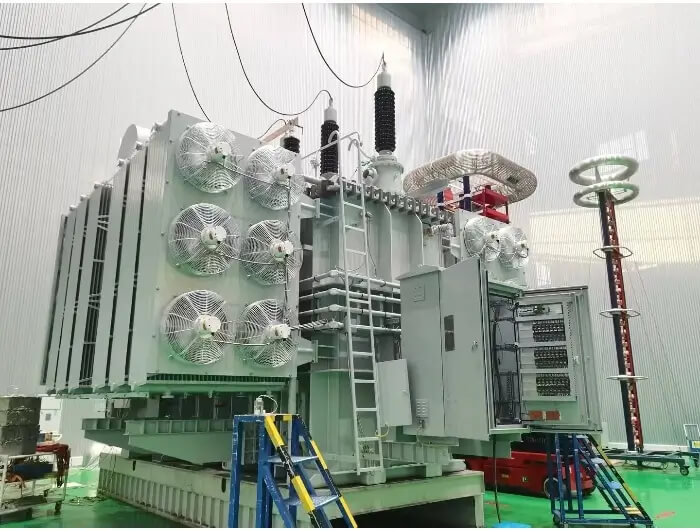
Progress test
During the manufacturing process, NPC ELECTRIC's 132kV and 138kV power transformers were rigorously tested in progress to ensure that their quality and performance met international standards. First, the manufacturer conducted a detailed inspection of the main components of the transformer, including the core, windings, and casing to ensure that there were no defects. Then, through comprehensive electrical tests, it was confirmed that the transformer's withstand voltage and insulation performance met the expected requirements. Subsequently, load tests were carried out to ensure its stability and efficiency under different loads. Finally, the manufacturer provided a detailed test report confirming that the transformer had passed all tests and was ready for use.
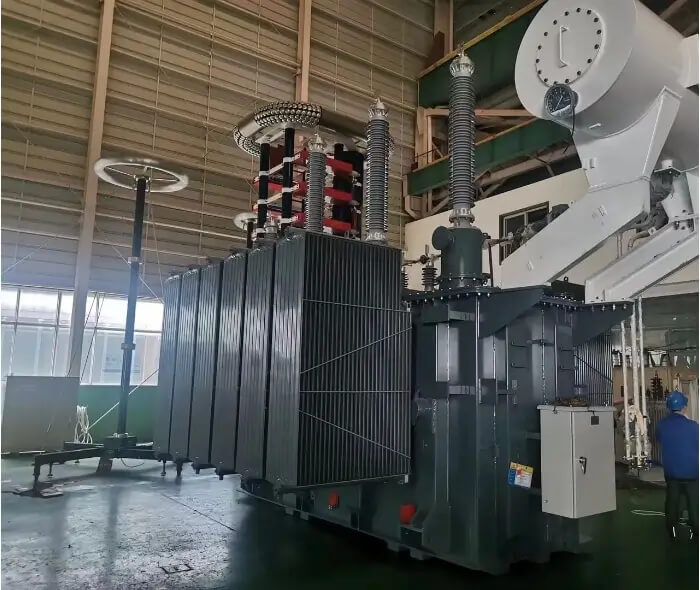
Design Tests
All transformers will be tested after finishing the production test items as below:
♦ Leak testing with pressure for liquid-immersed transformers
♦ Test of transformer oil
♦ Measurement of voltage ratio and check of phase displacement
♦ Measurement of winding DC resistance
♦ Measurement of d. c. Insulation resistance between each winding to earth, and check of the core and frame insulation
♦ Capacitive bushing test
♦ Measurement of dissipation factor (tan δ) of the insulation system capacitances, and determination of capacitances windings-to-earth
♦ Measurement of no-load loss and current at 90%,100%,110% of rated voltage
♦ Operation test on on-load tap-changer
♦ Measurement of short-circuit impedance and load loss
♦ Lightning impulse test
♦ Induced-voltage test with partial discharge measurement
♦ Auxiliary wiring check
♦ Current transformer test
♦ Frequency response analysis test
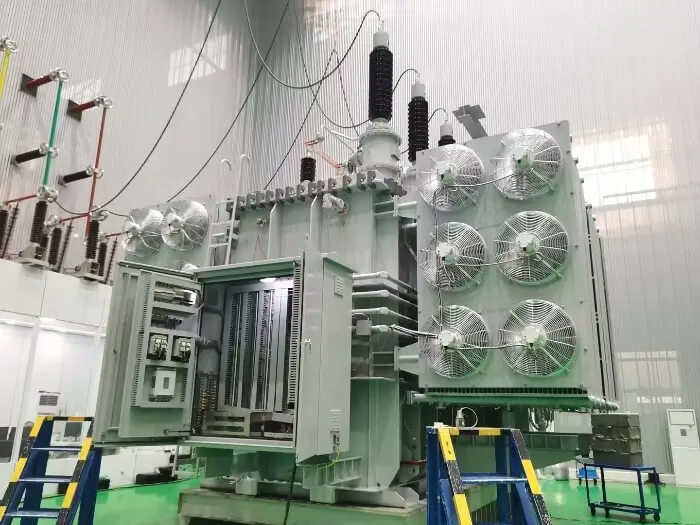
Transformer Factory Acceptance Test
NPC Electric conducts rigorous quality control testing on every transformer or representative samples, as well as on specific components and materials, to ensure compliance with design specifications throughout the production process.
The Factory Acceptance Test (FAT) for a power transformer is a critical step performed before shipment to verify that the unit meets all applicable standards and delivers optimal performance. The FAT includes the following key procedures:
Visual Inspection: Evaluates the transformer’s physical condition, including the enclosure, terminals, and labeling, to ensure conformance with design and safety requirements.
Electrical Testing: Involves measuring winding resistance, insulation resistance, and performing turns ratio tests to validate electrical integrity and functionality.
Dielectric Strength Test: Applies high voltage across the insulation system to ensure it can endure both normal and transient operating voltages without failure.
Load Testing: Simulates real-world operating conditions to assess the transformer’s voltage regulation, temperature rise, and overall efficiency under load.
Protection Device Testing: Verifies the proper operation of integrated protective components such as thermal sensors, temperature relays, and tap changers (if applicable).
Routine Test - Measurement Of Winding DC Resistance
High-Precision Digital Multimeter
Test Leads and Clamps
Allow the transformer to cool down to room temperature if it has been in operation. This minimizes the effects of temperature variations on the resistance readings.
Verify that the DC resistance meter or low-resistance ohmmeter is calibrated and properly functioning. Inspect the test leads and connections to ensure there are no faults or loose contacts.
The first step is to connect the appropriate measurement equipment, such as a digital multimeter (DMM) or a precision low-resistance ohmmeter, to the transformer windings. Make sure that the test leads are securely connected to the correct measurement points (e.g., the high-voltage and low-voltage sides of the winding). Apply a Low DC Voltage:
A low DC voltage is applied to the winding under test. This is done to measure the resistance of the winding without the risk of causing insulation breakdown or other damage that could occur with higher voltages.
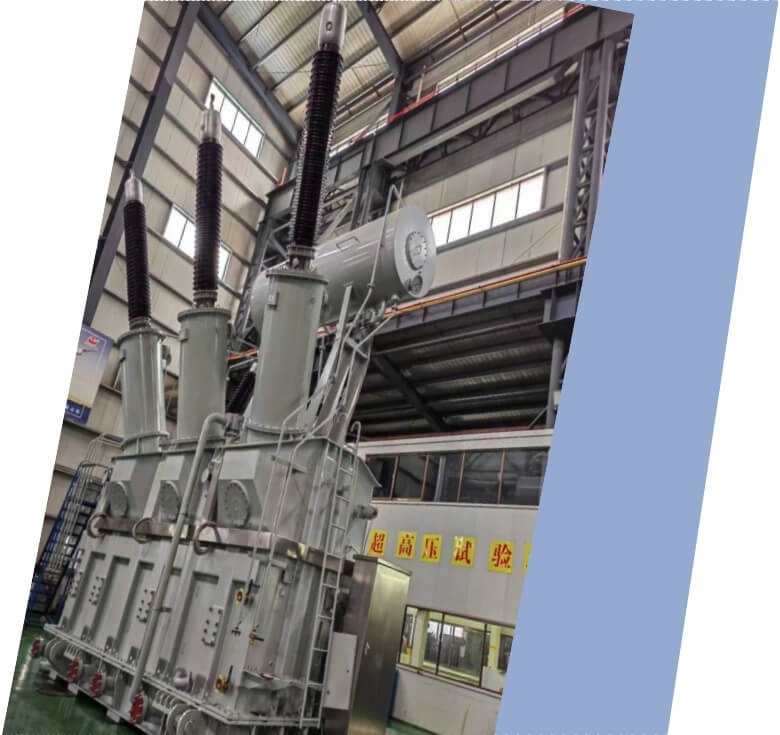
Application
Technical Advantages
Product Packaging
Related Products
FAQ From Customers
-
What is a Transformer?A transformer is an electrical device used to change the voltage of alternating current (AC). It works on the principle of electromagnetic induction, converting high-voltage current into low-voltage current or low-voltage current into high-voltage current. Transformers are widely used in power transmission, distribution systems, and various electronic devices.
-
What are the main uses of a transformer?The main use of a transformer is voltage conversion. Transformers are used in power transmission systems to help transfer electricity from power plants to consumers. In addition, transformers are also used in electronic devices such as chargers, televisions, power adapters, etc., to adjust the voltage to meet the requirements of different devices.
-
Do you have UL listed?Yes, our transformer has UL listed. We have exported to America many pad mounted transformer,substation transformer and HV.

